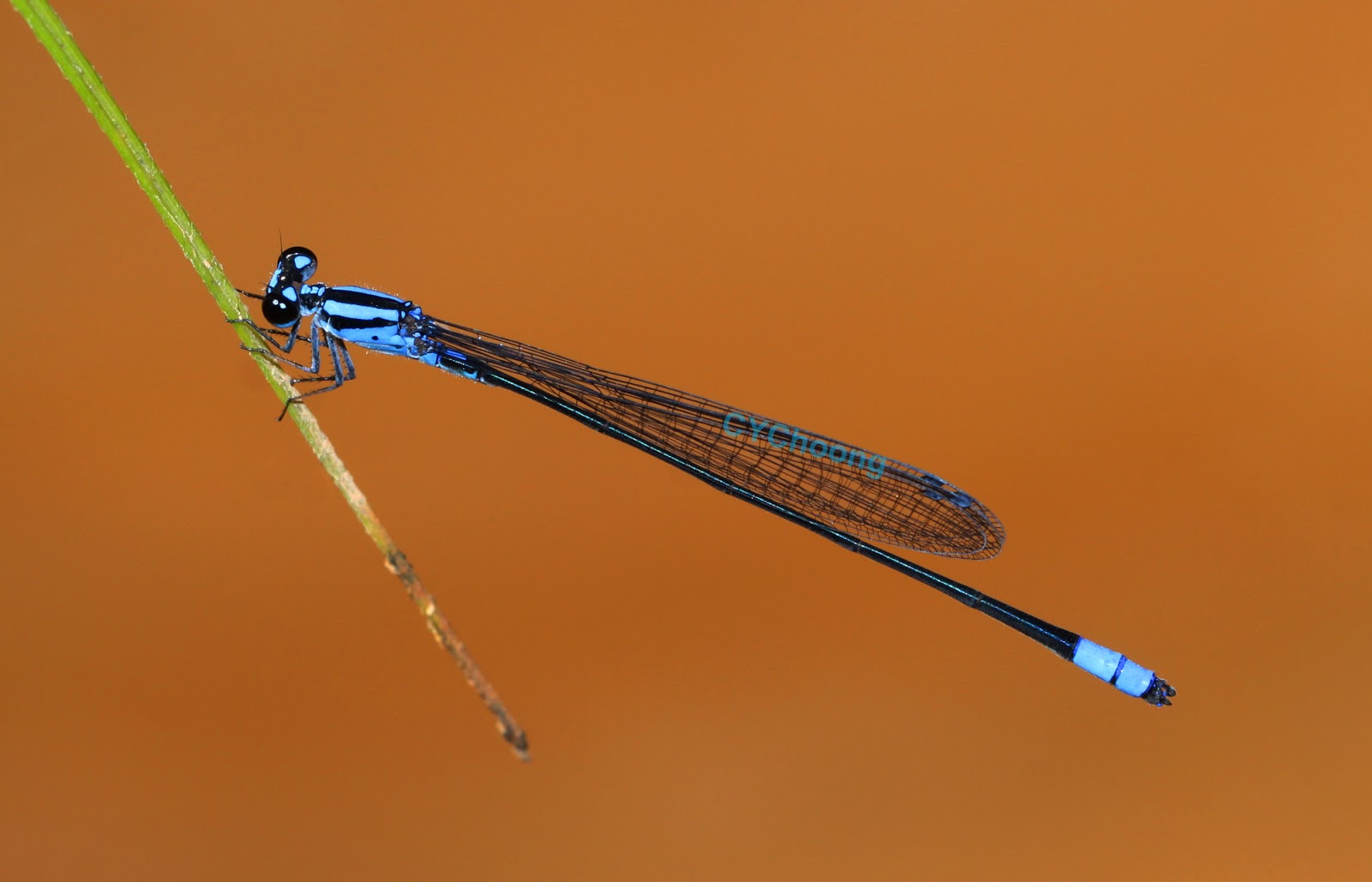| Citation |
|
Description |
Geographic Range [top]
Range Description: Archibasis rebeccae appears to be endemic to Peninsular Malaysia. Records are from Pahang (Kemp 1989) and Johore (Kemp 1989, Vick 1993) and Kelantan (Hämäläinen et al. 1996). It occurs in Endau Rompin National Park (Wilson 2007). It might occur in southern Thailand, and should be searched for there.
Countries occurrence:
Native:
Malaysia (Peninsular Malaysia)
Additional data:
? Number of Locations: 6
? Upper elevation limit (metres): 170
Range Map: Click here to open the map viewer and explore range.
Population [top]
Population: While there are not many records of this species, there has been a steady increase since its description. The type series consists of three males from Pahang and one from Johore. Hämäläinen et al. (1996) recorded three males from Kelantan. Vick (1993) describes it as quite common in the area around the Madek and Lenggor rivers near Mersing. It appears to be a rather local species, but probably not scarce where it occurs.
Current Population Trend: Unknown
Additional data:
? Population severely fragmented: No
Habitat and Ecology [top]
Habitat and Ecology: Occurs in lowland forest streams and rivers. The habitat where material was collected in Pahang was “a very slow-flowing, small (1.5 m width), rainforest stream” (Kemp 1989). The record from Kelantan was from “logged forest, mainly bamboo and wild bananas. Canopy cover 40%. ... Water slow flowing. Width 4.5-5 m; depth 0.4 m” (Hämäläinen et al. 1996). The species appears to be able to survive in secondary forest, as is the case for four species of Archibasis occurring in Sarawak (Dow 2007).
Systems: Freshwater
Threats [top]
Major Threat(s): Habitat loss. The species appears to be able to survive in secondary forest habitats, but further data is needed to confirm this. The paucity of published records suggest that it is a scarce species, although possibly it is merely under-recorded. However until more data becomes available it should be treated as potentially under threat.
Conservation Actions [top]
Conservation Actions: More data is needed on distribution and population sizes of this species. It is certainly present in protected areas in Malaysia, and appears to be able to survive in secondary habitats, but further study is needed to confirm this. Extensive collecting in peninsular Malaysia and southern Thailand is needed to gain an accurate picture of the species’ range and population size.
Citation: Dow, R.A. 2009. Archibasis rebeccae. The IUCN Red List of Threatened Species 2009: e.T163720A5641295. http://dx.doi.org/10.2305/IUCN.UK.2009-2.RLTS.T163720A5641295.en. Downloaded on 21 November 2018.
Disclaimer: To make use of this information, please check the .
Feedback: If you see any errors or have any questions or suggestions on what is shown on this page, please provide us with feedback so that we can correct or extend the information provided
|

